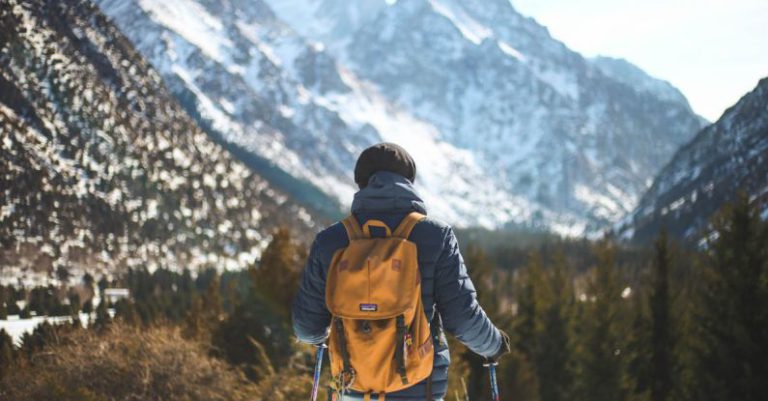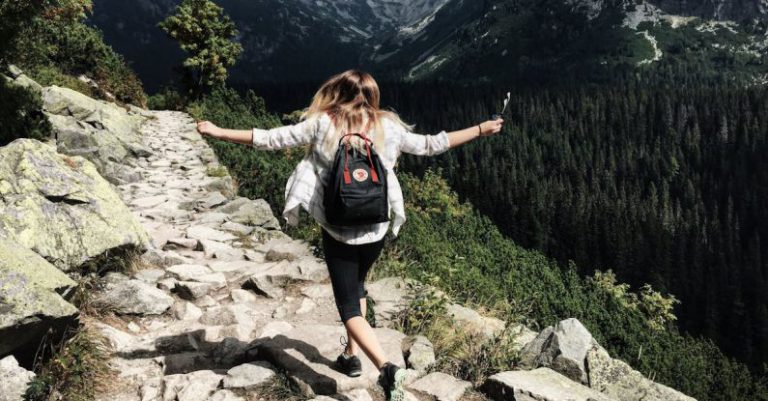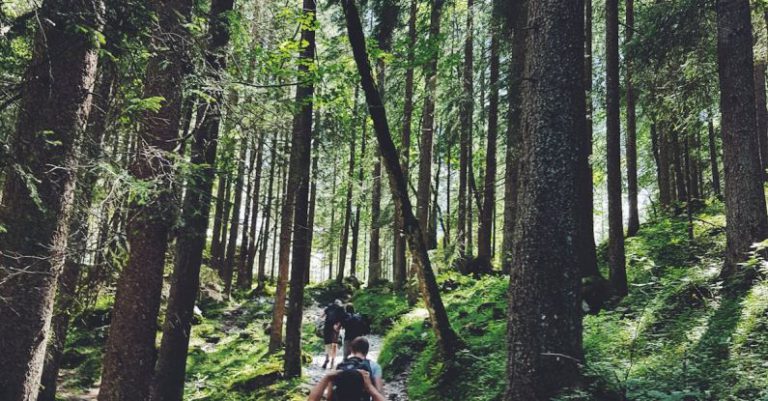
Hiking in remote areas can be a thrilling adventure, allowing you to connect with nature in a unique and peaceful way. However, when venturing off the beaten path, it’s crucial to prioritize your safety. From unpredictable weather conditions to encountering wildlife, there are various risks to consider when hiking in remote locations. By taking the necessary precautions and being prepared, you can enjoy your outdoor experience while minimizing potential dangers.
Plan Ahead and Share Your Itinerary
Before heading out on a hike in a remote area, it’s essential to thoroughly plan your trip. Research the trail you’ll be hiking, including the terrain, distance, and elevation gain. Familiarize yourself with the area’s wildlife and any potential hazards you may encounter. Additionally, make sure to check the weather forecast to avoid getting caught in a storm.
One crucial step in staying safe while hiking in remote areas is to share your itinerary with someone you trust. Provide them with details about your planned route, expected return time, and any emergency contacts. In the event that something goes wrong, having someone who knows your whereabouts can be lifesaving.
Pack Essential Gear and Supplies
When venturing into remote wilderness, it’s vital to pack the necessary gear and supplies to ensure your safety. Start by carrying a well-equipped first aid kit that includes essentials such as bandages, antiseptic wipes, pain relievers, and any personal medication you may need. Additionally, pack plenty of water to stay hydrated, as well as high-energy snacks to keep your energy levels up.
Other essential items to include in your hiking pack are a map and compass (and the knowledge of how to use them), a multi-tool, a headlamp or flashlight, a whistle, and a fully charged cell phone (if there is reception in the area). Being prepared with the right gear can make a significant difference in emergency situations.
Dress Appropriately and Be Mindful of Wildlife
When hiking in remote areas, it’s crucial to dress appropriately for the conditions you may encounter. Wear moisture-wicking layers to regulate your body temperature and protect yourself from the elements. Additionally, sturdy hiking boots with good ankle support are essential for navigating rugged terrain safely.
While encountering wildlife can be an exciting part of hiking in remote areas, it’s essential to be mindful of the potential risks. Research the wildlife species in the area you’ll be hiking and understand how to react if you encounter them. Keep a safe distance from wildlife, never approach or feed them, and store food securely to avoid attracting animals to your campsite.
Stay Alert and Practice Leave No Trace Principles
One of the most crucial aspects of staying safe while hiking in remote areas is to stay alert and aware of your surroundings. Be mindful of changing weather conditions, potential hazards on the trail, and any signs of wildlife activity. Trust your instincts and avoid taking unnecessary risks that could jeopardize your safety.
Additionally, practicing Leave No Trace principles is essential to preserve the wilderness and minimize your impact on the environment. Pack out all trash, stay on designated trails, and respect wildlife by observing from a distance. By being a responsible hiker, you not only ensure your safety but also contribute to the conservation of natural landscapes.
In Summary
Hiking in remote areas offers a unique opportunity to immerse yourself in the beauty of nature, but it also comes with inherent risks. By taking proactive steps to plan ahead, pack essential gear, dress appropriately, and stay alert, you can enjoy a safe and memorable outdoor experience. Remember to share your itinerary, be prepared for emergencies, and practice Leave No Trace principles to protect both yourself and the environment. With the right mindset and preparation, hiking in remote areas can be a rewarding adventure that allows you to connect with the great outdoors on a deeper level.





